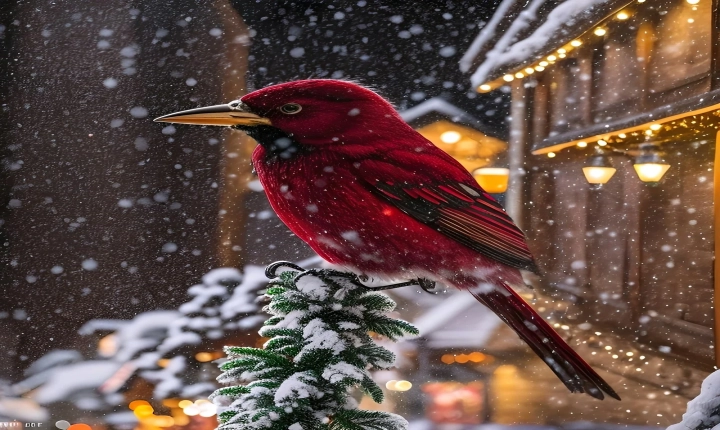Artificial intelligence (AI) has been making significant strides in recent years, proving its capability to not only perform complex calculations and tasks, but also exhibit creativity. The notion that AI can be creative might seem counterintuitive to some, as creativity has long been perceived as a quintessentially human trait. However, with the advent of advanced AI algorithms and machine learning techniques, the boundaries of creativity are being continually pushed and redefined.
One of the most compelling examples of AI creativity comes from the field of art. AI systems have been trained to generate original pieces of art, including paintings, music compositions, and even poetry. These AI-generated artworks have been showcased in galleries, concerts, and literary events, often prompting contemplation and admiration from human audiences.
The key to AI’s creativity lies in its ability to learn from vast datasets and identify patterns, allowing it to generate novel and innovative outputs. For instance, AI algorithms can analyze a vast collection of art pieces from different genres and time periods, and then generate original artworks that reflect the styles and characteristics of those pieces. This process, known as “style transfer,” enables AI to create new art that is both rooted in tradition and yet unique in its expression.
Moreover, AI’s creative abilities extend beyond the realm of art. For instance, AI-powered systems have been utilized to develop new product designs, create compelling advertising campaigns, and even write engaging stories and scripts. By analyzing existing data and understanding human preferences, AI can generate content that resonates with audiences, effectively demonstrating a form of creative intuition.
However, the question of whether AI can truly be considered creative remains a subject of debate. Critics argue that AI’s outputs are mere imitations of existing works, lacking the depth, emotional insight, and originality that characterize human creativity. They contend that AI lacks the genuine, subjective experience that underpins true creativity, and that its outputs are ultimately derivative rather than truly innovative.
In response, proponents of AI creativity point to the novelty and ingenuity of the artworks, music, and designs produced by AI systems. They argue that AI’s ability to draw from diverse influences and reimagine them in novel ways constitutes a form of creativity that expands the boundaries of human imagination.
Furthermore, AI’s creative potential raises important questions about the nature of creativity itself. As AI continues to develop and evolve, it calls for a reevaluation of our understanding of creativity, challenging us to reconsider the definition and significance of human agency in the creative process.
Ultimately, the question of whether AI can be considered creative is not a binary one, but rather a complex and nuanced inquiry. As AI continues to advance, it will likely prompt further exploration and dialogue on the nature of creativity, the intersection of technology and human expression, and the evolving role of AI in shaping our cultural landscape. Whether AI’s outputs are deemed truly creative or not, its impact on the creative industries and our conceptualization of creative potential cannot be ignored.
